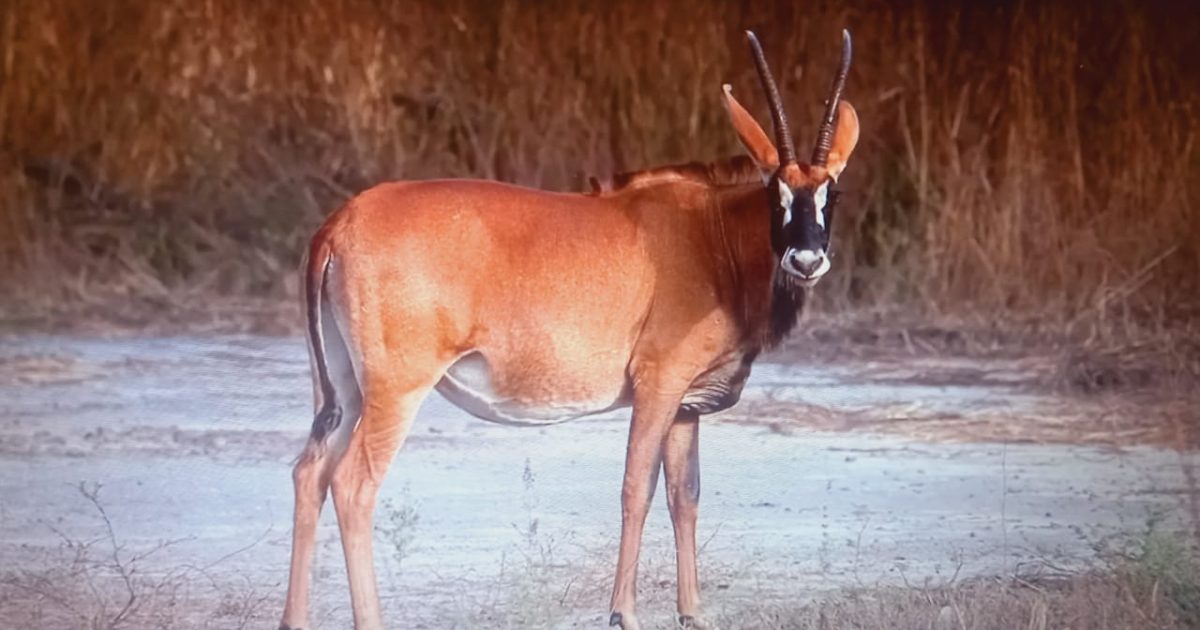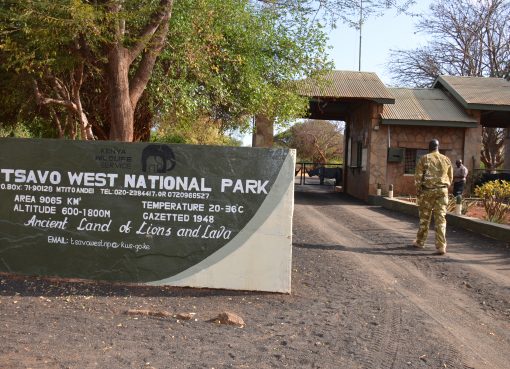For years, roan antelopes, one of Africa’s most rare antelopes, has been threatened by both internal and external factors including human activities around the parks.
Wildfires, poaching and encroachment into their habitats by human beings have been a hindrance to the growth in the population of these rare animals.
Originally, 300 of the species were distributed in various parts of the country, including the Mara game reserve, Thika, Chyulu hills, Ithango hills, Tana, Cherangani hills with 200 of the total number located in Lambwe valley in Homa-Bay County.
Currently, only 18 roan antelopes exist within Ruma National park in Kenya, as compared to the 200 that existed within the park in 1978.
The antelopes, locally known as Omoro by the Luo community who are the predominant inhabitants of the areas surrounding Ruma National park, live in breeding herds of up to 35 individuals but can graze in sizes of between 5-15 individuals.
The species are group animals and are known to have one breeding male protecting a group that could be as large as 200 animals.
Their population has been threatened since the 1900s, when their population dipped in the period between 1970 to 1974, due to rampant poaching for meat and cultural practices leaving only 109 roan antelopes.
Over the years, cultural practices of communities surrounding the park involved the killing of the species to use their horns as musical instruments and the skins used in burial ceremonies.
The species experienced another major drop between 1985 and 1990 when the population reduced to 35 antelopes prompting the government to fence the park.
Originally, the park was known as Lambwe valley game reserve in 1966 and was upgraded to Ruma national park in 1983 as part of the government’s efforts to be at the forefront in the fight for the conservation of the species.
The introduction of rhinos in Ruma enhanced conservation efforts further leading to the upgrade of the park’s fence to an electric fence in 2011 to provide a secure space for the species alongside others that are at risk of extinction.
In 2020, the government launched a 10-year national recovery and action plan for the species in Kenya and was commissioned by the Cabinet Secretary for tourism Najib Balala and Homa Bay County Governor Cyprian Awiti.
In the plan, the government through the Kenya Wildlife Service (KWS), set to create a stable and growing population of the roan antelope by reducing natural predation of the species and identifying a predator-free sanctuary for the animals.
The National Government in collaboration with the Ministry of Tourism and Wildlife has since put up measures to ensure the species are protected and the number is increased including the creation of a 5.6 square kilometer sanctuary within Ruma National park situated in Homa Bay County.
The park’s Senior Warden Titus Mitau elaborated that the sanctuary is aimed at creating a predator-free environment for the endangered species.
“After a gestation period of nine months, calves are separated from herds in secluded environments for about six weeks, this saves them from being easy prey for hyenas and pythons,” explained Mitau.
The animals that has to drink twice a day has seen the KWS in Ruma build two water points within the sanctuary to ensure the animals are catered for within the protected environment.
The plan also cited ways of ensuring an increase in population by identifying suitable sources of the population which included conversations with potential country sources.
During a visit to Dar es Salam late last year, President Uhuru Kenyatta and Tanzanian President Samia Suluhu Hassan agreed to exchange Roan antelopes and black rhinoceros as a way of boosting the population of the two species.
Tanzania currently has a population of about 4,000 Roan antelopes. Kenya is expected to receive 20 roan antelopes from Tanzanian at around June this year after a successful experimental transfer of one of the antelopes.
Mitau elaborated that the animals from the two countries, although within the same sanctuary will be kept separate before they are released to interbreed after a period of time.
According to the 10-year plan, the country is expecting to register up to 30 roan antelope within Ruma National park by the end of this year.
KWS has also been able to acquire equipment such as cameras and computers used in the monitoring growth of roan antelope as well as human activities in the surrounding areas.
Mitau elaborated that the KWS has also involved scientists in research for causes of deaths of antelopes as well as to understand how to better rear the species.
The warden further explained that the population of the species is threatened by the wildfires created by persons living in the Lambwe region surrounding the park.
He added that the local farming community usually light fires on their farms at the end of every dry season to reduce tsetse fly population and to bring forth rainfall as is culturally believed by the Luo community.
“Fires sometimes spread across the fence killing crawling animals as well as young herbivores that are unable to outrun it,” elaborated Mitau.
He however stated that the KWS is already putting up efforts to ensure that areas surrounding Ruma are cleared to act as breaks for the frequent fires.
He added that the park had created employment opportunities for the locals who operate the tractors used in maintenance of the grounds surrounding the park.
By Omar Zabbibah and Davis Langat




